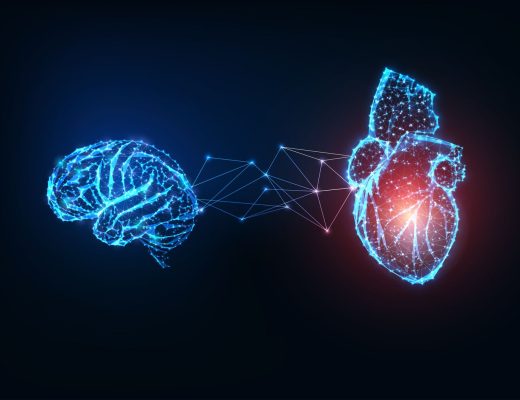There are very few people among us who have not experienced a headache. We all know how significantly it can impact all aspects of life, including school performance, social activities, sleep, mood, appetite, and family interaction. Also, although we often simply talk about a headache it is surprising how few people know that there are in fact several different types and causes of headaches. Headache is a broad term that encompasses many different things. Headaches are pains that occur in any region of the head. Headaches can be illnesses in itself or the symptom of another medical condition.
Depending on the specific type of headache, they can last for any time between a few hours and several weeks. It can be unilateral or bilateral and the severity can range from mild heaviness to the worst pain person experiences in life.
According to the International Headache Society, there are two kinds of headaches: primary and secondary. Primary headaches are stand-alone illnesses caused directly by dysfunction or overactivity in pain-sensitive structures in the head. This includes the blood vessels, muscles, and nerves of the head and neck. They may also result from changes in chemical activity in the brain common primary headaches include migraines, cluster headaches, and tension headaches.
Secondary headaches are headaches that are symptoms of another condition that stimulates the pain-sensitive nerves of the head. There are a vast number of conditions that can cause secondary headaches, ranging in severity from an alcohol-induced hangover to a brain tumor. Common causes of secondary headache are head injury, stroke, dehydration, glaucoma, panic attacks, sinusitis, tumor, overuse of pain medication (rebound headache), a brain infection.
Health care providers usually diagnose a headache from history and description of its symptoms. However, there are certain conditions where detailed investigations like MRI, CT scans are required. These are called the red flag signs of headache:
- Change in quality of the headache
- Headache following head injury
- Sudden onset of headache
- The onset of headaches >50 years
- Thunderclap headache – subarachnoid hemorrhage
- Neurological symptoms or signs
- Signs of brain infection: neck rigidity, high-grade fever
- Immunosuppression or malignancy
- Red-eye and haloes around lights – Glaucoma
- Worsening symptoms
The most common suggested treatment for headaches is rest and pain relief medication. It is estimated that 50% of people experiencing headaches self-treat rather than see a health care provider. When we look at the burden of headache in the world scenario, studies have found a headache is the third cause of disability worldwide. The problem statement is large but there are different barriers worldwide and in our country as well regarding diagnosis and management of headache.
There is a lack of knowledge among health-care providers. Worldwide, on average, only 4 hours of undergraduate medical education are dedicated to instruction on headache disorders. A large number of people with headache disorders are not diagnosed and treated. When we look at worldwide data only 40% of those with migraine or tension-type headaches are professionally diagnosed.
Similarly, there is poor awareness of the general public. Headache disorders are not perceived by the public as serious since they are mostly episodic, do not cause death, and are not communicable. The low consultation rates even in developed countries may indicate that many affected people are unaware that effective treatments exist. A similar scenario or even worse exists in our country.
To conclude headache disorders are ubiquitous, prevalent, disabling and largely treatable condition but they are under-recognized, under-diagnosed and under-treated. It is an illness that could be relieved and if not treated burdens, both individual and societal. Financial costs to society through lost productivity are enormous – far greater than the health-care expenditure on headaches in any country.
Health care for headache must be improved, and education is required at multiple levels to achieve this. Most importantly, health-care providers need better knowledge of how to diagnose and treat the small number of headache disorders that contribute substantially to public ill-health. There should be an awareness program about the headache to the general public.


